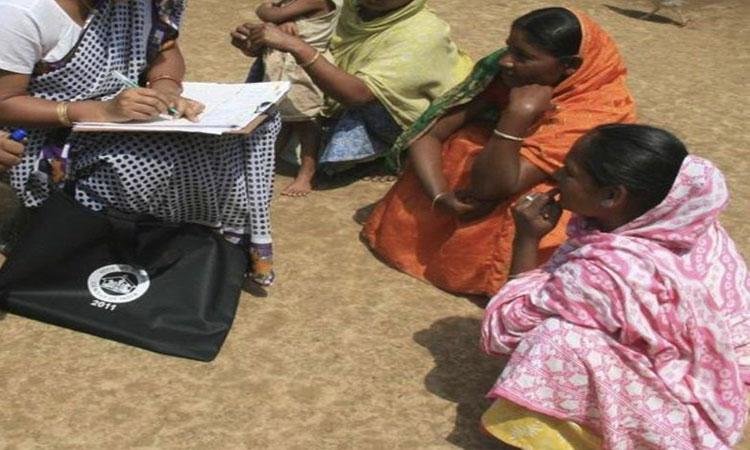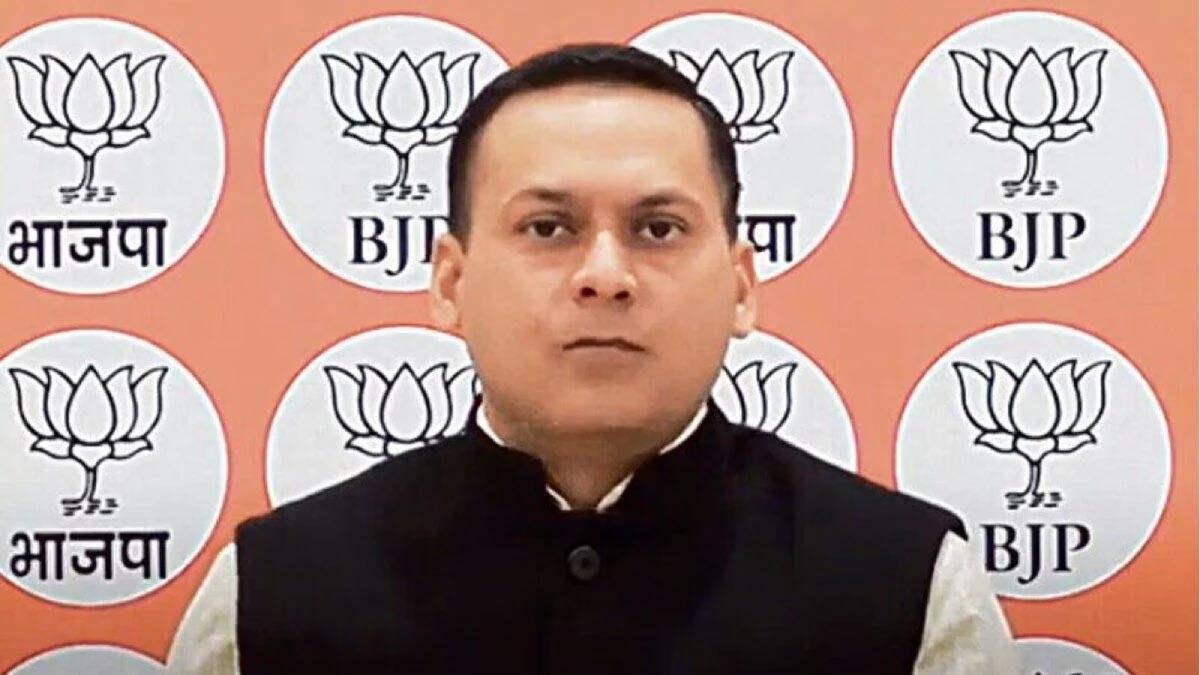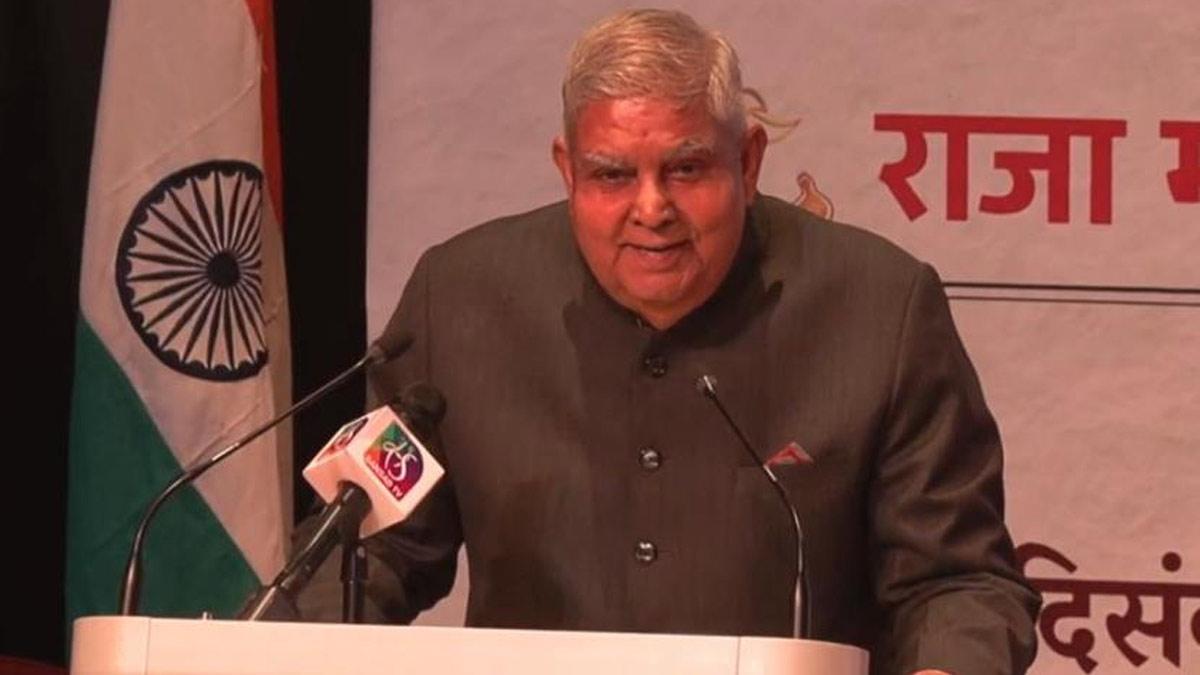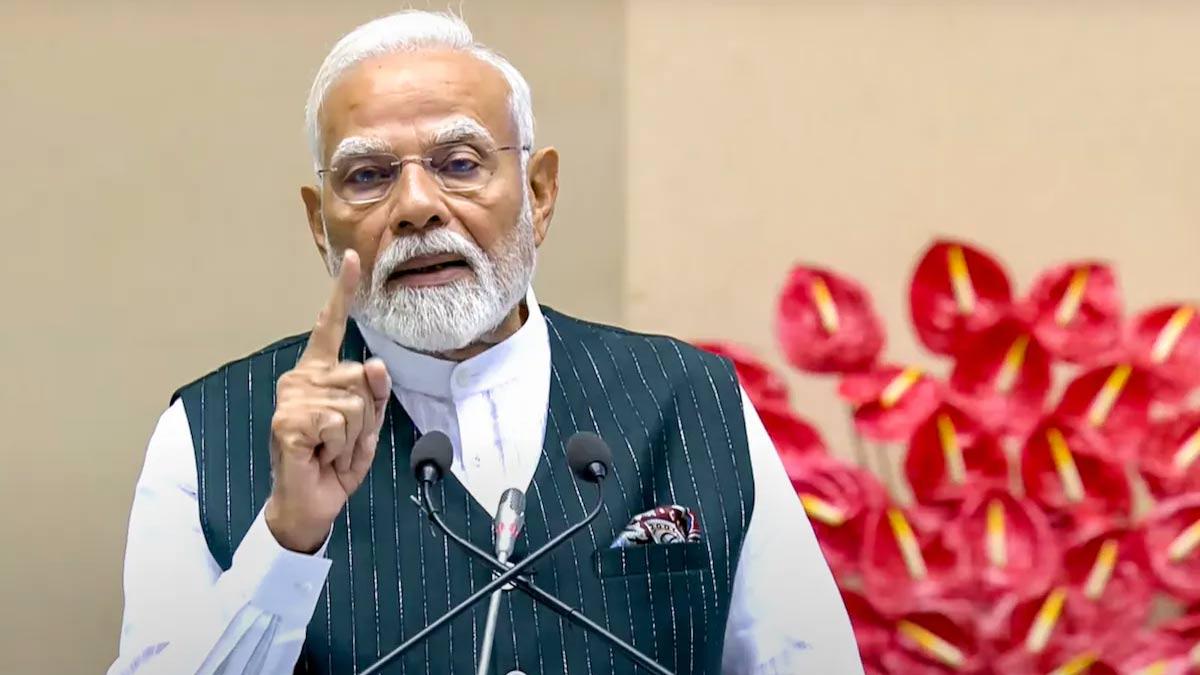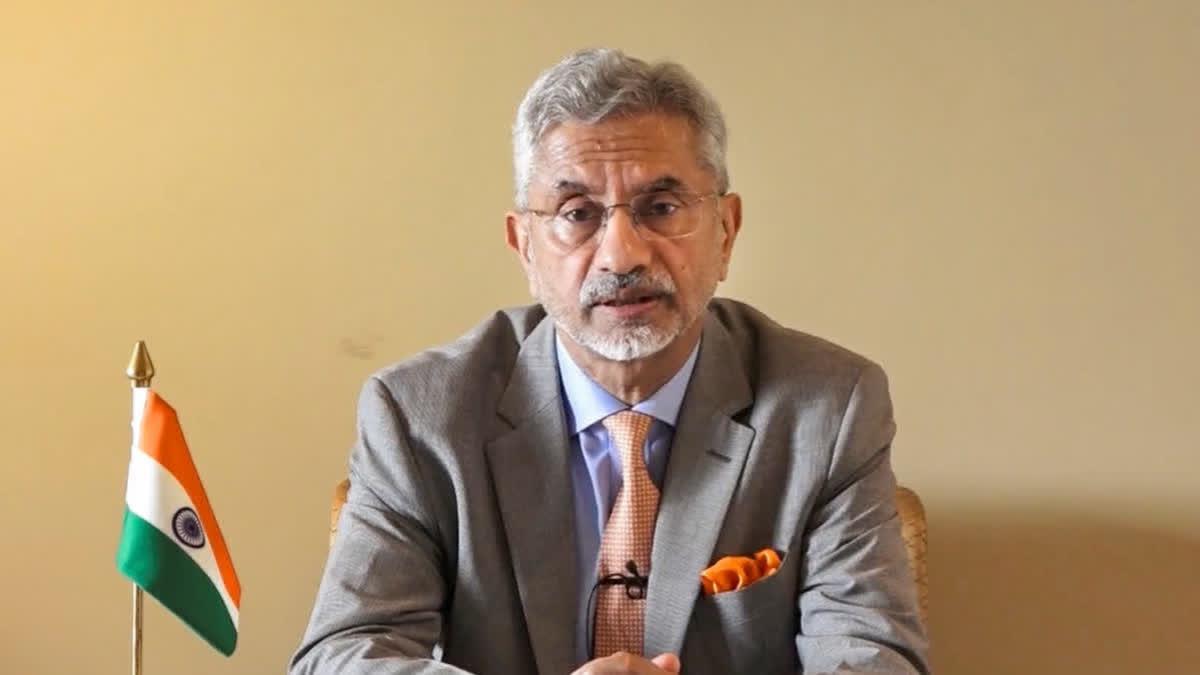In a democracy where caste is intrinsic and indispensable in the electoral theatre, its impact was perceived to be a significant factor in nation building back when the Constitution was being framed after Independence.
The caste census is a caste-wise breakup of the population that enlists all scheduled and unscheduled castes in terms of both numbers and percentage. India's first caste census was conducted in 1881.
In January 2017, instead of the poverty line, the Union government agreed to use Socio-Economic Caste Census as an instrument for identification of beneficiaries and transferring funds for social schemes in rural areas.
The reasons to support the caste census is to acquire greater insight into the socio-economic nuances of the OBC population, ascertain their representation in various institutions and assess whether it is in requisite proportion to their numbers.
With this meticulous social assessment, it may be expected that a renewed political consciousness will be created out of this exercise, particularly among the marginalised groups. This in turn, should facilitate social justice by way of novel approaches.
Hence, a caste-based census would be instrumental to bring in a measure of objectivity to the debates surrounding the larger matter of reservation, and its implementation for most optimal results, besides rendering a check on economic disparity.
Hindrances to a caste census
The Census Act of 1948 mandates the Centre to conduct a census to have a reliable source about fundamental characteristics of the population -- which, in India, is divided by castes -- hence a census on grounds of this.
Also Read | BJP, Bihar Grand Alliance plot ways to upset caste equations of rivals
In an affidavit submitted by the Centre to the Supreme Court in September 2021, it put forth practical difficulties in carrying out a caste census, stressing that the population census is not the "ideal instrument" for collection of details on caste. However, in 2010, when the BJP was in Opposition, it had supported the demand for a caste census.
In 2018, then Union Home Minister Rajnath Singh had announced in Parliament that data on OBCs would be part of the 2021 census. The 2021 census was postponed in the wake of the pandemic and is due.
The government's reasons for not including caste with regular census pertain to administrative, operational and logistical concerns. It was added that stressing on this engagement may even jeopardise the very census exercise itself.
It is explained that while the Central list has 2,479 castes reserved under OBC, there are about 3,150 OBC castes under the States' and Union Territories' lists together.
Besides, the preparatory work for the census has to commence three to four years prior to the event -- the questionnaires need to be field-tested and finalised. Thus, any addition of questions later is not feasible and could disrupt the method of execution.
Further, unlike the provisions for SC and ST, there is no Constitutional mandate to provide the census figures of the OBCs and the BCCs (Backward Class of Citizens).
And ultimately, as the Supreme Court ruled, it is the prerogative of the Central government to make its policy decisions pertaining to what information it should collect in a census; also that while the court may find a certain policy untenable, it was "legally impermissible" for the court to guide the government about what policy it should follow.
Positives of a caste census
This exercise would justify the extent of reservation for different communities. Scholars and social scientists attest to this as it is perceived to be a mistake to not consider assessment of population in terms of caste, that is, to not count the crucial element of caste in a casteist society, thereby being in denial of the phenomenon and the corresponding impacts of it at large. In order to address an issue, it needs to be acknowledged first. Hence, the importance of the knowledge gleaned from a caste-based census.
Scope of a caste census
The 2011 caste census collected data on not just OBCs but on all castes. Although the dominant demand was for OBC-based data with a view of expanding socio-economic mapping, the supporters demanded that upper castes be covered too, and in the process have an objective assessment of their "privileges". However, there have been demands to release the caste census data from the 2011 Census.
Also Read | Playing caste census card, Bihar Grand Alliance puts BJP in a fix
As matters stand today
Pushing for a nationwide caste census to bring forth the Socially and Economically Backward Classes and OBCs, can have a flipside as well. The use of caste as a census category could lead to creation of further divides along the lines of caste. There also looms the risk of divisiveness by political parties.

